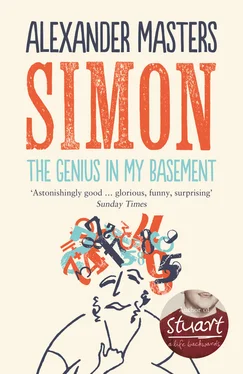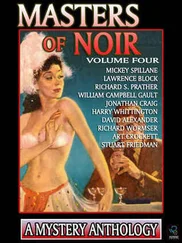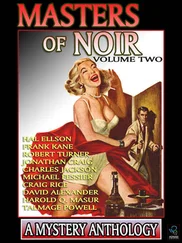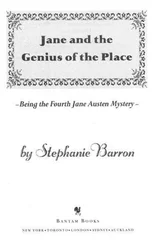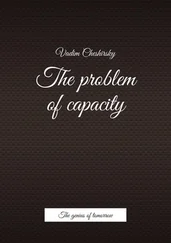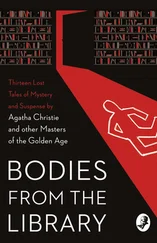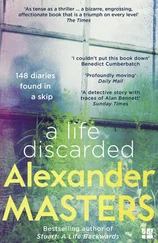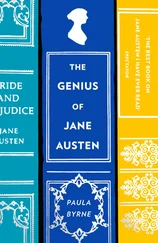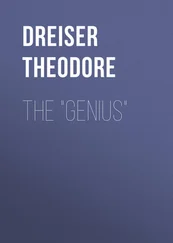It’s easier in here to describe where the paper, plastic bags and books are not than where they are: they’re not on the ceiling.
I suppose you could say, technically, there are no papers on the top third of the walls.
A lot of it trembles in towers on the arms of chairs, on tables, on cupboards, on top of a dinner lady’s trolley that Simon’s managed to wrench out of some local school and rattle back along the midnight streets.
There are outlines of walls, outcrops suggesting a clothes cupboard, a padded chair, one, two, possibly three chests of drawers; no discernible floor; and – watch out! – an I-beam thrusting across the ceiling, indicating that, at some point in this cave’s history, primitive inhabitants have knocked out a wall, possibly during the Cambridge population explosion of the early 1900s.
Finally, here is floor.
We can rest for a moment now and take our bearings. To the right, the front of the house: a bay window, light cut off by blinds (pattern of blinds: coloured, wave-like stripes, perhaps reminding cave inhabitants of the sea). To the left: dinge.
Patterns made in the shadows by the stalagmites of plastic bags and books include a galloping cow, a beetle trying to hide under what was once the padded armchair, the face of a grotesque man …
Gullies moulded into the floor surface of paper-filled supermarket bags, envelopes, squashed boxes, fallen books, mark the route Simon takes when he stomps from his mattress to the toilet under the stairs; the toilet to the kitchen; kitchen (carrying a plate of sardines) back to mattress; then (plate and cutlery bouncing as he leaps up) mattress to front patio door, where the paper disorder gives way and a solitary rut leads through the leaves and fallen shards of masonry big enough to kill, up to the street outside our house – at which point mechanised sweepers and dustbin men take over and the trail disappears.
Amazingly, there are some good pieces of furniture here. Simon’s bed (again, to the right, beside the seascape window blinds) is a nineteenth-century mahogany antique with a Dutch gable headboard and cusped legs. How did this splendid object get in? A gift from ancient gods? It’s placed so Simon MINUS Norton can hear the postman coming up the steps to the front door of the main floor above, leap out of bed, race up the booby-trap stairs and be trembling there with his hands held in a scoop below the letterbox before the first envelope hits the floor.
An eighteenth-century twizzle-legged side table is at the other end of this first room, by the kitchen, washed up on a patch of carpet: the sort of thing found in Cotswold cottages with an arrangement of desiccated flowers sliding off the edge. This table is at an end point of Simon’s stomping route, and bears the brunt of his swinging bag when he turns. Yet somehow a giraffe-shape of paperbacks with alternating dark and light spines has managed to remain in place.
Dr Simon MINUS Norton likes to read books in a single day – packing in pages on train journeys; during delays at bus stops; between bites of sardines in tomato sauce; while floating in the bath – until he has drained the book of information, after which the broken, dog-eared volume is evicted onto a table, under a cushion, inside a saucepan, and begins a descent, measured in a timescale of years, to the archaeological strata on the floor.
Now that we’re inside this first room or cave, we can take off our climbing gear and start closer investigations. At the bottom of the giraffe pile is a ring-bound book, half an inch thick, pillarbox red, the size of a tea tray: Atlas of Finite Groups , one of the greatest mathematical publications of the second half of the twentieth century. It’s got Simon’s name on it.
Under the bed, if we push aside As the Crow Flies , by Janet Street-Porter, we find a limerick written in a tiny, bumpy hand:
A young girl of Welwyn, named Helen
Was playing near a well, and fell in
She was soaked head to toes
Was (the question arose)
Helen well in the well in Welwyn?
It’s written on exercise stationery, cut with strangling precision around the words and folded so that the creases form a tessellation of diamonds.
Venturing your hand in further under the bed – that’s it, up to the elbow – press your chin hard against that mahogany panel … there! A slipper. Look inside that: another piece of stationery, this time typed, from the Senior Tutor at Trinity College, Cambridge, dated 8 October 1969:
Dear Norton,
The Cambridge Evening News have just been on the line asking whether they could have a few words with you and have a photograph taken. I have told them that you have already been interviewed by the National Press but typically they would want to do it all again …
What’s this? The slipper is decorated with a small yellow lozenge at the toe end, showing a smiley cartoon face, the symbol for Ecstasy rave parties in the 1990s. Squashed at the end of the slipper is an envelope, crumpled, containing a thick, pressed chunk, a cake of …
Splendid! A slab of tooth impressions!
Norton’s Dentition At the age of 12.8. Fluorescent pink slab, wax, 3cm x 3cm x 0.5 cm. Excavated and photographed by the author, from a slipper.
Flicking at the plastic bags; clucking to ourselves over the titles of books piled on the armchair; scowling at the three disgraceful jackets coated in mould in the clothes cupboard – we clamber about these rooms feeling annoyance. It’s hard to put a finger on the reason for it.
It’s the vapidity of 99 per cent of this junk. If it was only totally vapid, we could dismiss the man’s life and move on. But over here, if we climb across two cubic cardboard boxes and slide down the other side of a slope of Asda bags next to this chest of drawers containing Simon’s collection of used Tango bottles from the late 1980s, is a second letter. Dated 1971, it’s typed with a heavier hand – a fierce attack on the keyboard. In places the letter ‘o’ has come with the centre shaded and full stops have pierced violently through the paper.
Dear Sir,
As you must be one of the cleverest people alive today, I wonder if you would be interested in assisting me with a project of mine. The idea is to construct an artificial language to exhibit semantic structure in much the same way as a structural chemical formula exhibits the chemical structure of a substance. The project has been examined by Professor Carnap who found it to be ‘ingenious’ …
But then look up: nothing except masses of bags stuffed full of … see! Here , a second letter in a soap-powder box. From the same man, dated eight months later:
Dear Mr Norton,
I am very sorry that you did not reply to my last letter. I suppose I must have offended you that I did not want you to plagiarize my language idea. I should like to make it clear that I did not for a moment think it likely that you would. It was just that I have reached the age of thirty four, and during that time I have been diagnosed as suffering from schizophrenia, a form of insanity …
Look up: supermarket bags, bags, bags sloshing off to the horizon. And what’s inside them? Sour-milk-coloured objects.
Rammed inside every one of these plastic carriers, stretching the entire length of the Excavation, rising here and there into surges, filling tea-chest-sized cardboard boxes, leaping up and taking over tables, seeping under doors, splattering the insides of forlorn wardrobes and cooking cupboards, submerging chairs, sloshing against the bed legs:
Bus timetables. Tens of thousands of them.
All of them out of date.
Time is very quiet in this house.
Nothing shifts in the potato light.
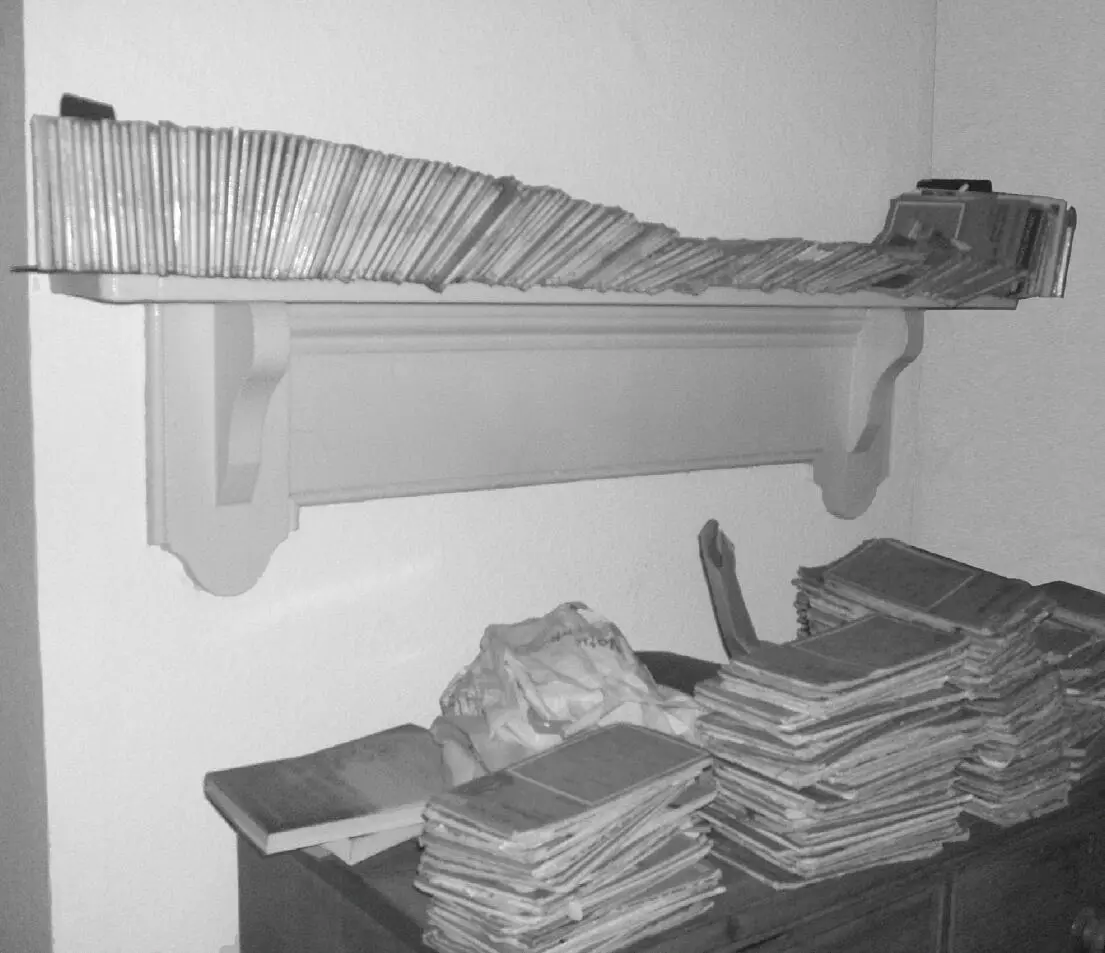
Not everything is disordered. Maps, filed edgeways on the mantelpiece, collapse from upright in order of grubbiness.
Читать дальше
